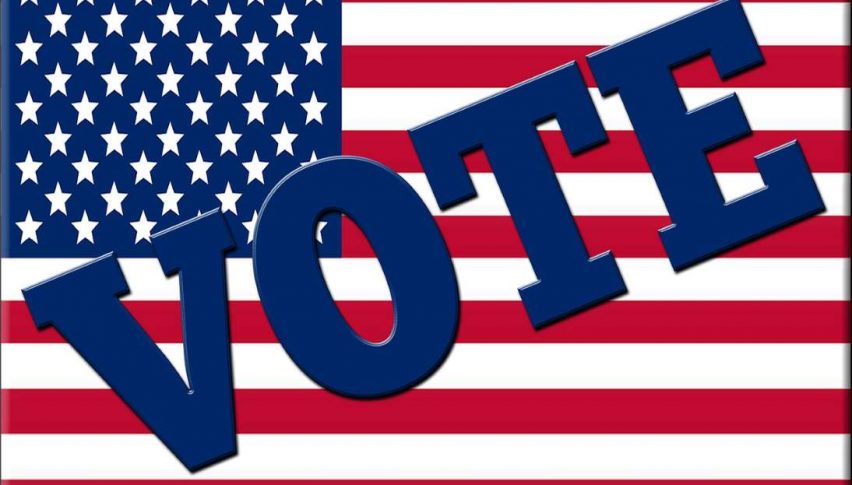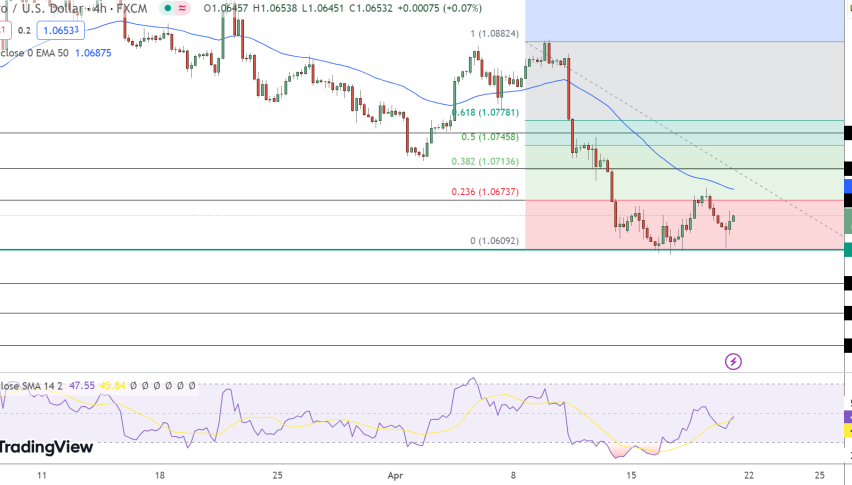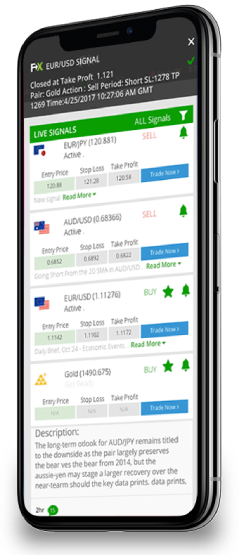
U.S. Election Preview: Odds And Fallout
It is the peak of election season here in the United States. Campaign rhetoric is at a fevered pitch, with both the Republicans and Democrats spending unprecedented amounts of money on Congressional races. Without a doubt, the U.S. Congressional Midterms of 2018 will go down in history as being one of the fiercest Midterm contests of all time.
Ultimately, the election’s result will be viewed as either an indictment or confirmation of Donald Trump’s presidency. In the world of finance, it will be perceived as the end of the “Trump rally” or the launch point for further stock market gains. No matter which party ends up the victor, stocks, currencies, and commodities are going to see considerable action in the aftermath.
Current Odds On The U.S. Election
When it comes to estimating how any future event is going to pan out, I typically study the world’s leading oddsmakers for ideas. As the 2016 U.S. General Election showed us, polls are fallible and in many cases manipulated. Odds are an actual representation of where people are betting real money ― a far more serious undertaking than the crafting of an academic poll.
Below is an overview of where the current odds stand on the U.S. Congressional Midterm elections. These figures represent an approximate probability of success, taken from political wagering markets around the world:
Event Republican Democrat
Party To Control Senate 90% 10%
Party To Control House of Representatives 37% 63%
Contested Senate Races Republican Democrat
Texas 77% 23%
Indiana 50% 50%
Missouri 56% 44%
Florida 46% 54%
Montana 31% 69%
Nevada 39% 61%
Wagering odds for the House of Representatives’ races are a bit harder to find. There are dozens of contests up in the air at the moment and it would take hours to break them all down. At press time, the 63% chance of the Democrats securing control of the house sounds legitimate.
According to the betting markets, it appears that the Republicans are poised to increase their majority in the Senate and lose their margin in the House. While this scenario will post a few challenges to the Trump administration’s agenda, it isn’t a big enough of a surprise to send markets reeling.

What Is At Stake?
The U.S. government is designed to check power at every turn, with its three branches often working in opposition. This can cause major problems for a sitting President, as without Congressional approval, an agenda can quickly grind to a halt.
Here are a few issues that will impact markets greatly in the event of a Democratic Congressional majority:
- USMCA: Final passage of USMCA is unlikely.
- Tariffs: U.S. imposed tariffs on China will be formally challenged.
- Paris Accords: A Congressional movement for the U.S. to abide by the carbon restrictions in the Paris Climate Accords will come to pass.
- Tax Cuts: The Trump Tax Cuts of 2018 will be challenged and rolled back.
- Impeachment: Expect impeachment proceedings to be launched by the 2020 election.
Things to expect if the Republicans win the Senate and House:
- USMCA: Passage and ratification into law.
- Tariffs: Support for more trade reform and extensive Trump “deal-making.”
- Deregulation: Increased deregulation of Wall Street and environmental restrictions.
- Tax Cuts: Further tax cuts are probable by 2020.
Of course, things are not really as cut-and-dried as they are made out to be in the media. In the event that we have a mixed Congress as the odds suggest, then an obstructionist House of Representatives will be the order of the day. While their power is limited, the House can certainly slow any passage of new bills to a crawl.
Market Fallout
The markets are capable of reacting in any number of ways to the election’s result. From extreme volatility to consolidation, anything is possible. In my view, here are the three probable scenarios and likely market fallout:
- Republican Senate and House Sweep: The U.S. indices will rally, continuing their march toward 30,000. The FED will shift into “restrictive” policy mode toward the USD, creating largely sectoral economic growth.
- Democratic Senate and House Sweep: The U.S. indices will enter correction amid a gold rally. A widespread sell-off in stocks will ensue amid institutional profit taking and uncertainty over the future of the Trump administration. The FED will continue on its path of gradual tightening throughout 2019.
- Republican Senate and Democratic House (Oddsmakers prediction): Immediate volatility will heighten, with bullish U.S. indices to close 2018. The trade of early 2019 will be largely mixed, pending the tone of the FED’s March meeting.
Overview
Historically speaking, Monday is going to be a tight session in the equities indices and gold. Barring an election-impacting story hitting newswires, then traders will be happy to await the final results before assuming any new risk.
Be on the lookout for volatility in the futures and forex markets as the vote returns come during Tuesday’s U.S. overnight session. Traders will be looking to get a jump on the final tally, so movements in the majors, gold, oil, and stocks are going to be wildly unpredictable.
So, buckle up and get ready for the action of election trading. As always, have your stops down and leverage in check ahead of time!












